When we think of wild cats, our minds often jump to the majestic, larger-than-life predators like lions, tigers, and leopards. However, the world of wild cats also includes fascinating smaller species that many of us are unaware of. Interestingly, some of these cats are even smaller than the average domestic house cat. This article delves into six wild cat species whose pint-sized statures are as astounding as their unique adaptations to their environments.
Rusty-Spotted Cat: The Tiny Titan
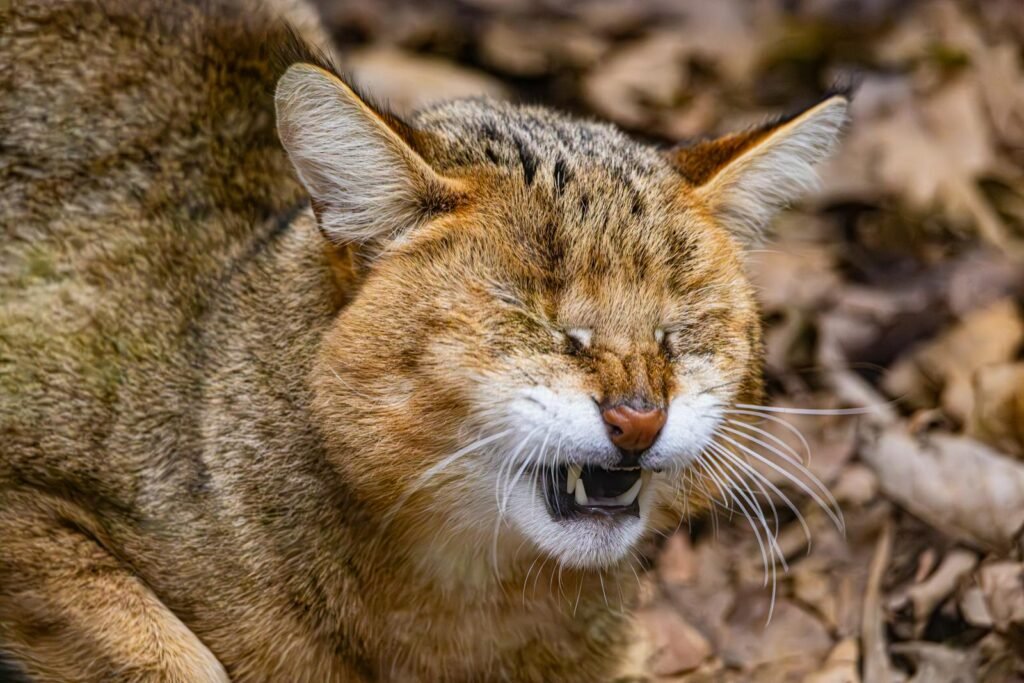
The Rusty-Spotted Cat (Prionailurus rubiginosus) holds the crown for being the smallest wild cat in the world. Native to India and Sri Lanka, it measures a mere 35 to 48 centimeters in length, excluding the tail, which adds another 15 to 30 centimeters. Weighing between 0.9 and 1.6 kilograms, it’s astonishingly petite. Despite its size, the Rusty-Spotted Cat is a formidable hunter, preying on rodents, birds, and even insects, thanks to its agility and excellent climbing skills.
Black-Footed Cat: The Ferocious Feline

Next on our list is the Black-Footed Cat (Felis nigripes), hailing from the arid savannas and deserts of Southern Africa. With females weighing about 1.3 kilograms and males up to 2.5 kilograms, they are one of the smallest African wild cats. Dubbed “the deadliest cat on earth,” this species has hunting success rates far surpassing larger cats, taking down an average of 10 to 14 small animals per night.
Sand Cat: Master of the Desert
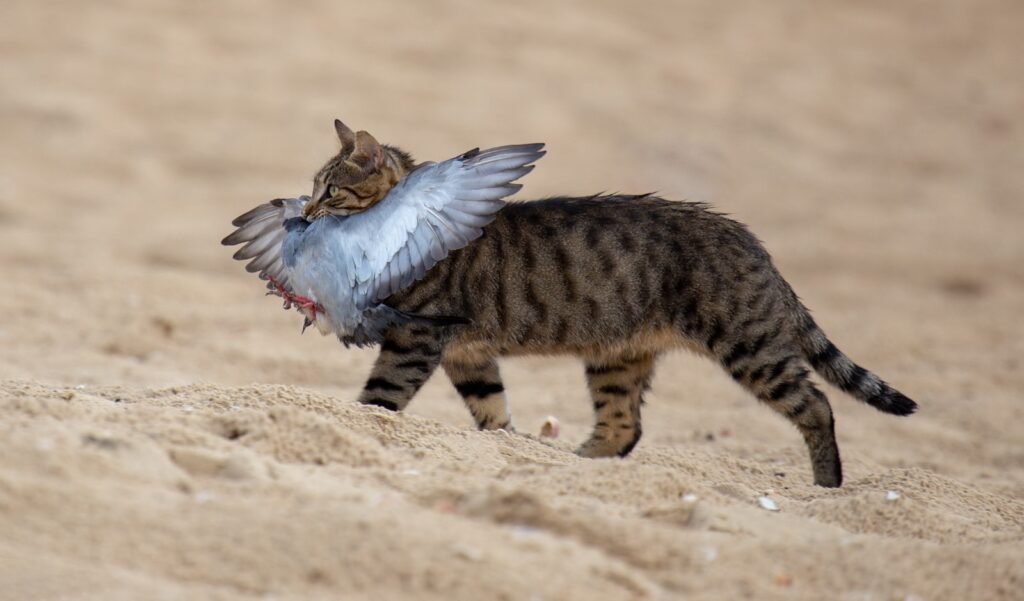
The Sand Cat (Felis margarita) is uniquely adapted to desert life, residing in the vast expanses of the Sahara and Middle Eastern deserts. Averaging 50 centimeters in body length, with a weight ranging from 1.5 to 3.5 kilograms, it is smaller than your average house cat. They exhibit remarkable adaptations for their harsh environment, such as thick fur on their soles to navigate hot sand and an ability to survive with minimal water.
Flat-Headed Cat: Aquatic Enthusiast
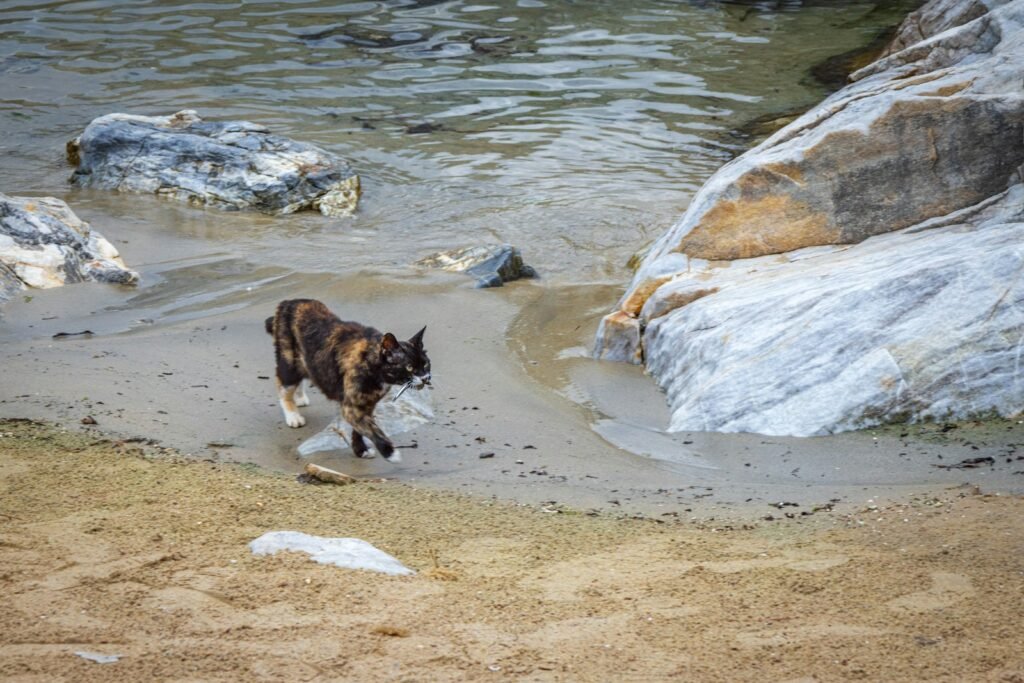
One of the most distinctive small wild cats is the Flat-Headed Cat (Prionailurus planiceps) from Southeast Asia, measuring around 41 to 50 centimeters in length and weighing between 1.5 and 2.5 kilograms. As the name suggests, they have a unique flat head with small, rounded ears. What stands out, though, is their semi-aquatic lifestyle, a rarity among cats. Proficient swimmers, they catch fish, frogs, and mollusks with ease.
Guigna: The Chilean Acrobat

The Guigna (Leopardus guigna), or Kodkod, is the smallest cat in the Americas, found in central and southern Chile and parts of Argentina. These compact cats measure 37 to 51 centimeters in length, with a weight averaging 1.5 to 3 kilograms. Despite its small size, the Guigna is known for its bold and agile nature, often seen climbing trees and leaping adeptly between branches as it hunts for small mammals and birds.
Tiger Cat: The Mysterious Brazilian
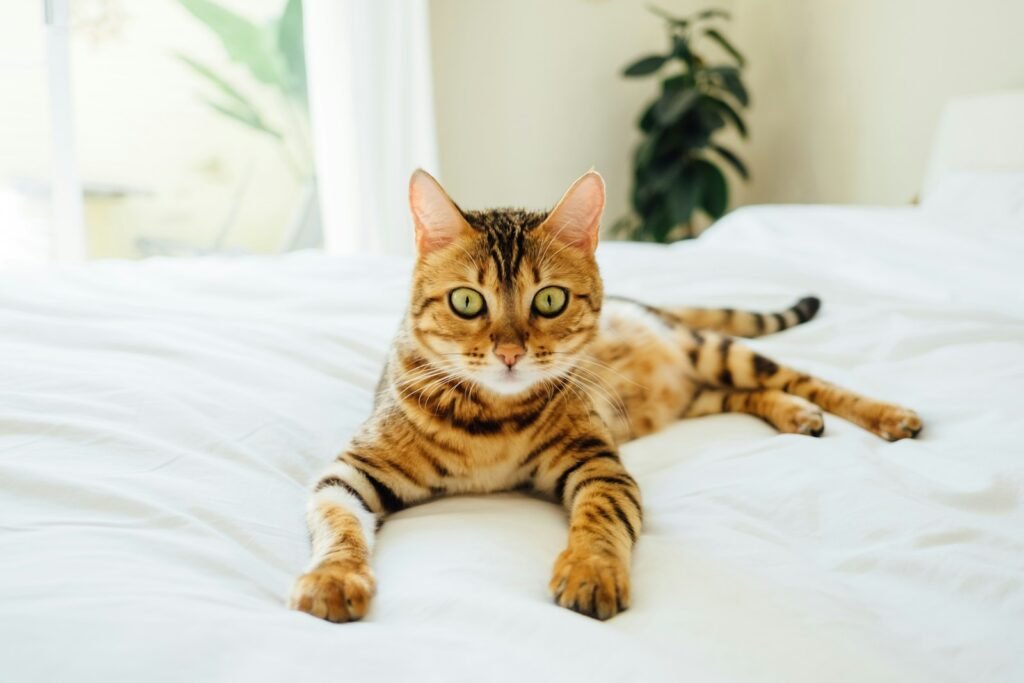
The oncilla, also known as the Little Spotted Cat or Tiger Cat (Leopardus tigrinus), is a small feline residing in the forests of Central and South America. Weighing between 1.5 to 3 kilograms and measuring up to 65 centimeters in length, it bears a strong resemblance to the larger ocelot, though miniature.
Despite being elusive, oncillas adapt well to varying altitudes, residing from lowland regions to mountainous terrains. Their adaptability contributes significantly to their survival amidst ongoing habitat disruptions.
Diet and Hunting Techniques of Small Cats
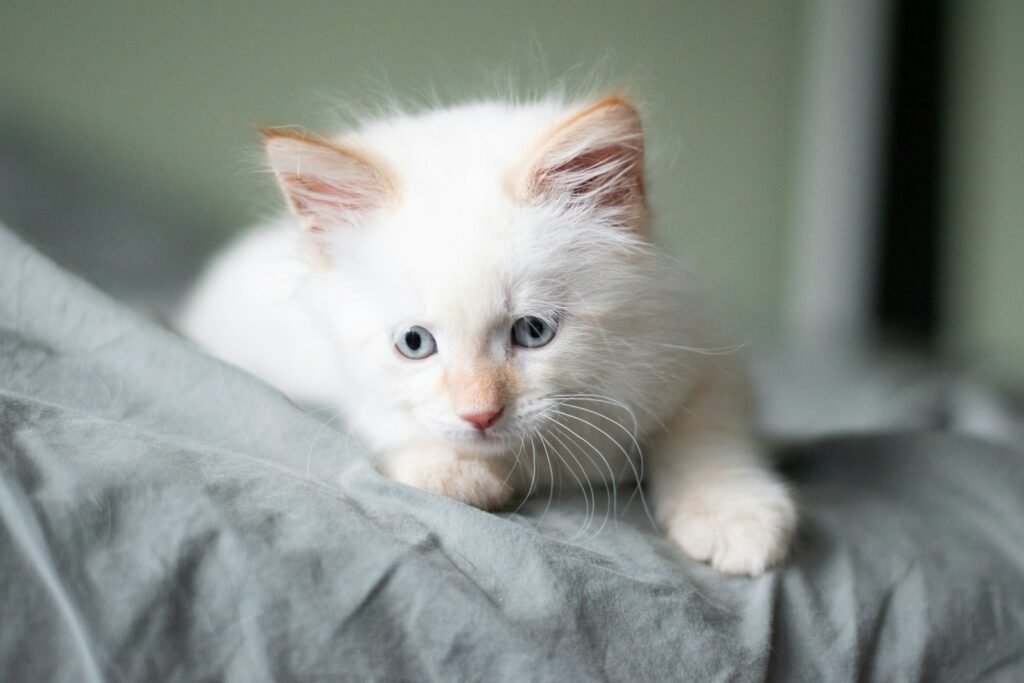
These diminutive wild cats exhibit diverse hunting techniques and dietary preferences tailored to their specific environments. From the adept night-time hunters like the Black-Footed Cat to the water-loving Flat-Headed Cat, each species exhibits unique adaptations that allow them to efficiently secure prey despite their small stature. Their diet generally includes small mammals, birds, insects, and amphibians, showcasing remarkable versatility.
Conservation Status and Challenges
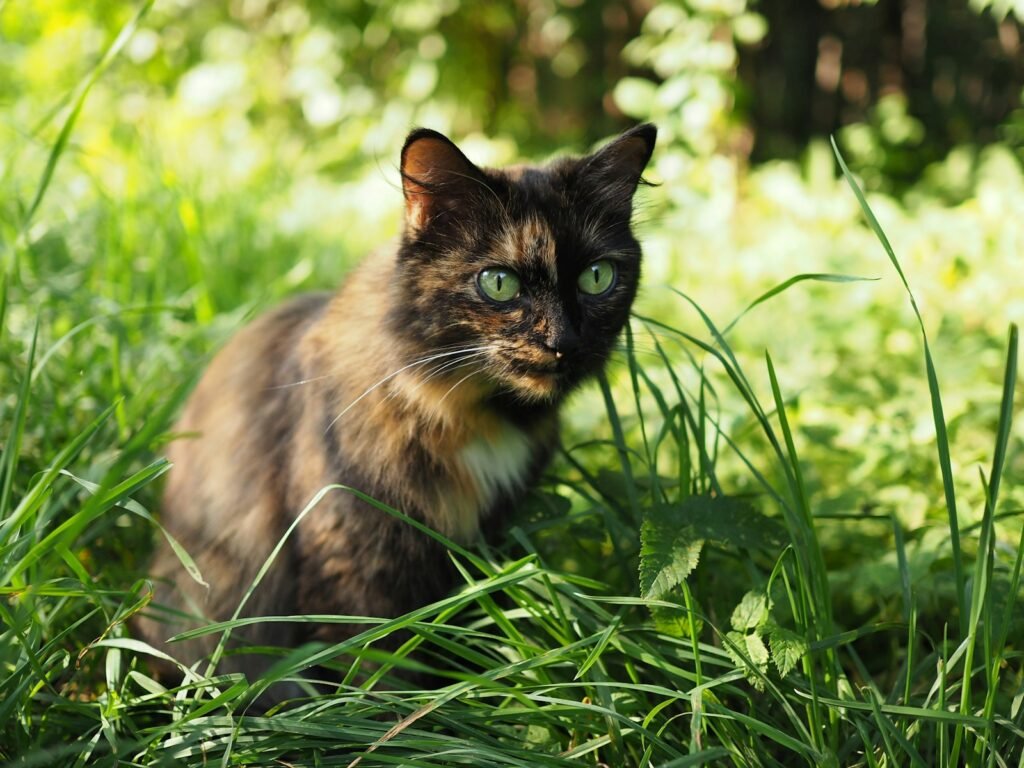
Many small wild cat species face significant conservation challenges due to habitat loss, human-wildlife conflict, and poaching. The Rusty-Spotted Cat, for instance, is threatened by agricultural expansion in India and Sri Lanka, while the Flat-Headed Cat’s wetland habitats are rapidly diminishing due to human encroachment. Conservation efforts must focus on habitat preservation and mitigating human impact to ensure these species thrive.
Engaging with Small Wild Cats: Responsible Tourism and Support
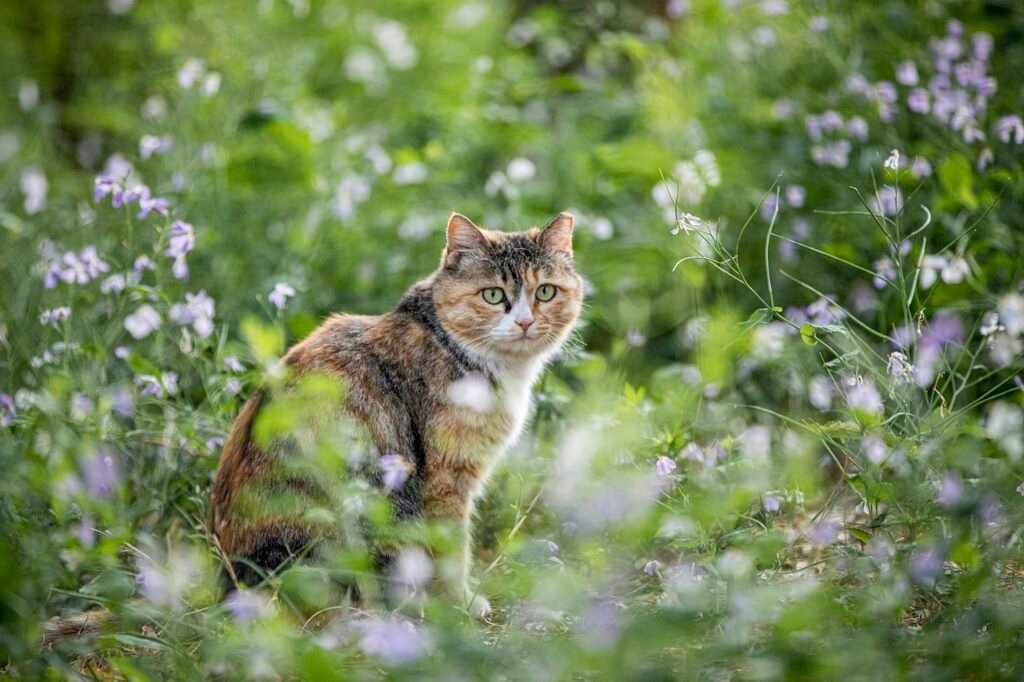
Responsible wildlife tourism offers a way to appreciate these fascinating creatures without disturbing their natural habitats. Several reserves and sanctuaries promote eco-friendly tourism, emphasizing minimal human impact. By supporting these initiatives and contributing to conservational organizations, we can help fund research and protection efforts integral for the survival of these small yet significant members of the feline family.
The Importance of Small Cats in Ecosystems
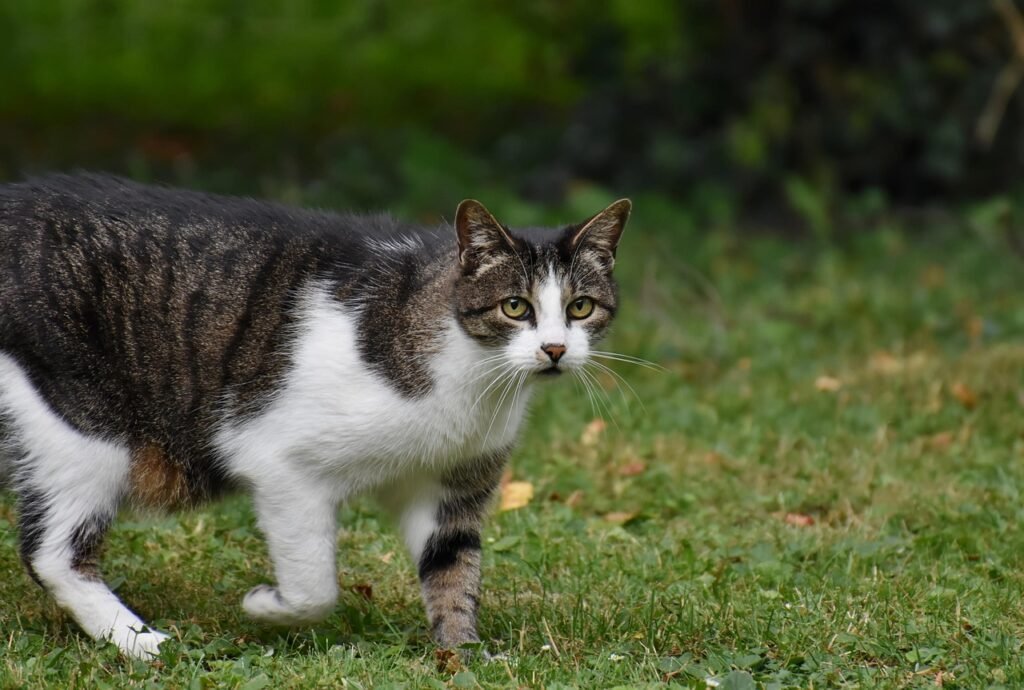
Despite their size, these small wild cats play critical roles in their ecosystems, particularly in maintaining the balance of prey populations. As natural pest controllers, species like the Black-Footed Cat are indispensable in regions where they reside. Understanding and protecting these species highlights broader ecological conservation efforts crucial for preserving biodiversity.
Conclusion: Appreciating the Smaller Predators
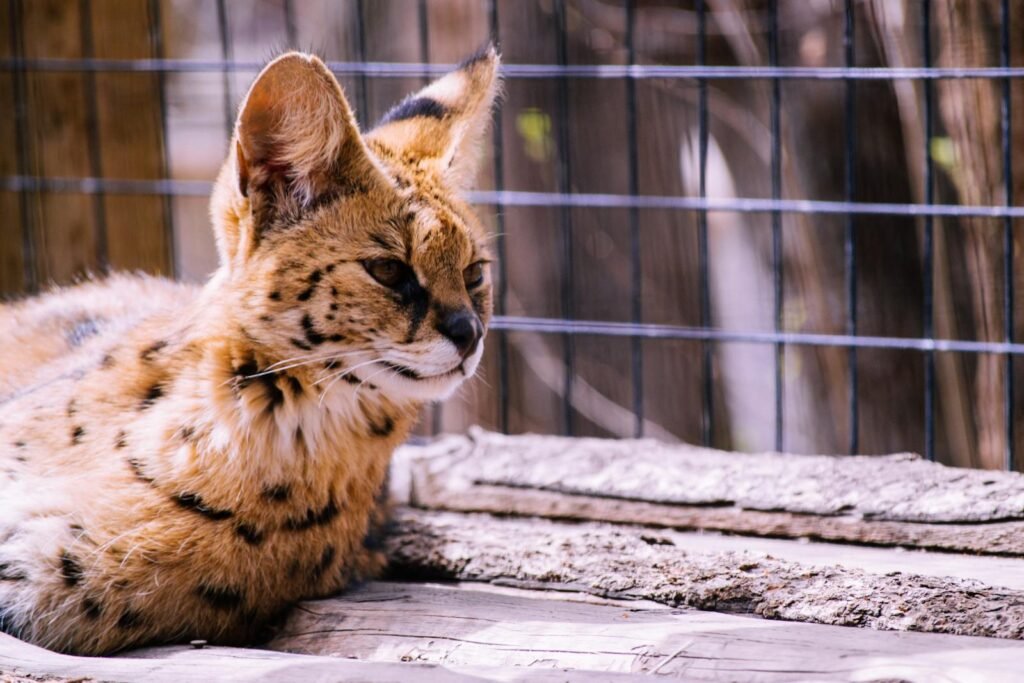
In exploring the lives of these six wild cat species, we uncover a world of remarkable adaptability, predatory skill, and ecological significance. Though they may be smaller than house cats, their impact on their environments and the challenges they face affirm their importance in global biodiversity conservation. By raising awareness and supporting conservation efforts, we can ensure these fascinating small predators continue to thrive in the wild.

Growing up traveling and experiencing new cultures and wonders, I have had a passion for nature, adventuring, photography, and videography. I am currently working towards a BSc in Biodiversity and Ecology at Stellenbosch University, and I hope to specialise in Marine Sciences one day.
Please send any feedback to Feedback@animalsaroundtheglobe.com





